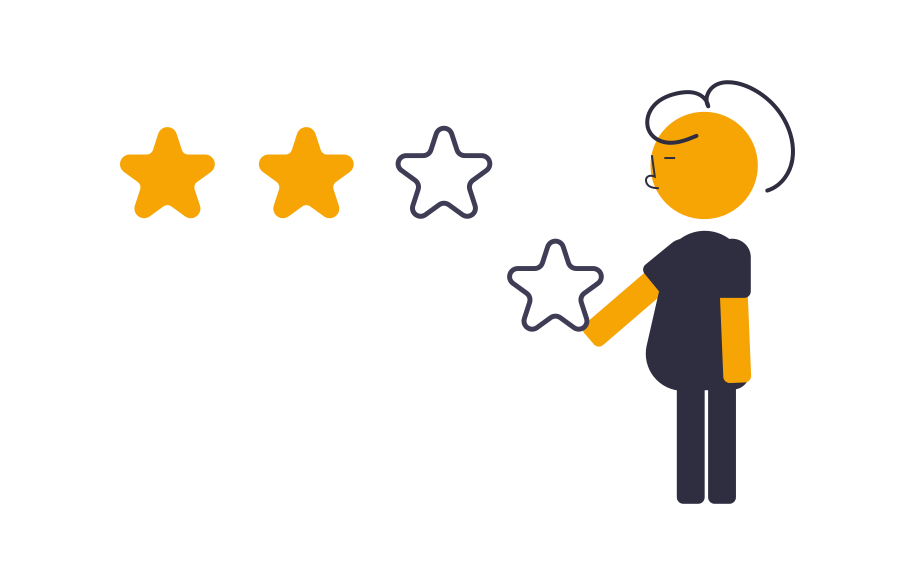17 October 2022

Design Theory and Design Psychology have become synonymous with successful campaigns, stratospheric sales and loyal customers. But what is behind it all and how can you put this onto your packaging, to make your brand the newest, brightest and best out there?
The human eye alone conveys billions of messages to the brain – this means that every single image, color, typeface etc is filled with an insane amount of information which your brain has to digest and prioritize. Make sure you’re simplifying the information and making it easy for the brain to make a decision, (choosing your brand of course). In this article we’ll be going behind the scenes on some of the strongest design theories and psychology elements, which you can use to elevate your brand and make it as popular as possible.
So what are the basic design principles?
Aligning elements on a page creates visual connections and creates a unified design. It allows the viewer’s eyes to see order, which makes for easier, more comfortable viewing.
Repeating elements creates associations and familiarity – certain elements of a design, if they are repeated, can be used to quickly and easily identify a brand, publication, etc.
Contrast can be created when you use two elements that are complete opposites, like a classic and contemporary font or cool and warm colors. Using it creates impact and emphasis in a design.
Grouping similar things close to each other implies that they are related to each other in some way – hierarchy is fundamental in creating organization in a design.
Balance is the weight distributed on a page by how things are placed. There are two kinds – symmetrical balance and balance by tension. It gives a design stability and structure
Inclusive Not Exclusive:
When it comes to packaging there’s a lot of ways that companies aren’t being accessible to all of their customers. From small typefaces in sans serif fonts and confusing designs that – while artistic – aren’t making the decision process any easier, adverts and campaigns that ignore them, to mechanisms that are near-impossible to open.
Many customers are put off of brands not because they don’t love the product, but because they physically cannot access it through the packaging. How do you change this? Listen to your customers. Don’t choose the top shelf in-store if wheelchair users cannot access it, add braille as an addition to your typography for customers who don’t have clear eyesight or who don’t speak the language used on the packaging. Make colors friendly to color-blind customers, give handles more grip and increase the size for customers who maybe have mobility issues. When giving examples of your product being used in campaigns and adverts use examples that include all humans not just the stereotype, making your customers feel seen and heard is just as important as getting that sale. But you won’t get the sale if you don’t show up for the people who are buying.
Gaze Patterns:
You might be going: eh? So let’s briefly go over what this means in relation to your packaging. Gaze patterns are basically like the social media algorithm but for eye placement. Where gets the most views on your packaging? Which area makes the most conversions happen? Find these and you unlock the most (and least) important parts of your packaging.
Placement is more important than you may think and there are many subliminal messages which will be sent to your consumers depending on where you put your: slogan, brand name, product name, ingredients, logo etc. According to neuroscientists researching at Duke’s University, neurotransmitters were fired more quickly when elements on a web page were closer together, so consumers will be taking in more information if you have elements close together. We know that minimalism (and therefore blanding) became a trend during and after the COVID pandemic which had brands choosing monochrome palettes, simplistic types and bold design – emphasizing quality over quantity. When it comes to gaze patterns on minimalist design, the select information which companies put on their packaging means that the brain has less to process and therefore can come to a resolution more quickly. The introduction of AR packaging (through QR codes) means that companies can continue to keep their packaging minimalistic while including as much information as they like – for example the Dermalogica packaging is sleek and simple as a product packaging box but with the added luxury of AR capabilities the company can add as much information as they like without having to clutter up the design of the packaging.
Color Me Beautiful
Cyan, Burnt Umber, Crimson, Titanium White, Ochre, Prussian Blue, Canary Yellow…every single one of these colors has the potential to be blasted across the front of your packaging. But you don’t choose every color do you? You choose about five, each one complimenting the other and representing what kind of business you are.
Why? Because the colors you choose will appeal to different people, the colors you choose will repel certain people, the colors you choose will represent the sector you are in, the colors you choose will tell your customers more about your brand than any fancy slogan could.
Why? Because we are wired as humans to recognise colors as indicators, thanks to centuries of evolution. As a brand it’s your job to use these indicators as subliminal messengers for who you are, what you stand for and the type of customer who should be buying into your proposed lifestyle.
Good use of color will mean catching your target customer’s attention, standing out from competitors while remaining appealing. The goal is to be different without falling off the map entirely!
Do you want help with your packaging? Turn concepts into fully formed pieces with the help of our in-house design team, get in touch with BPAK today to start your journey to product packaging that will leave your customers coming back for more.